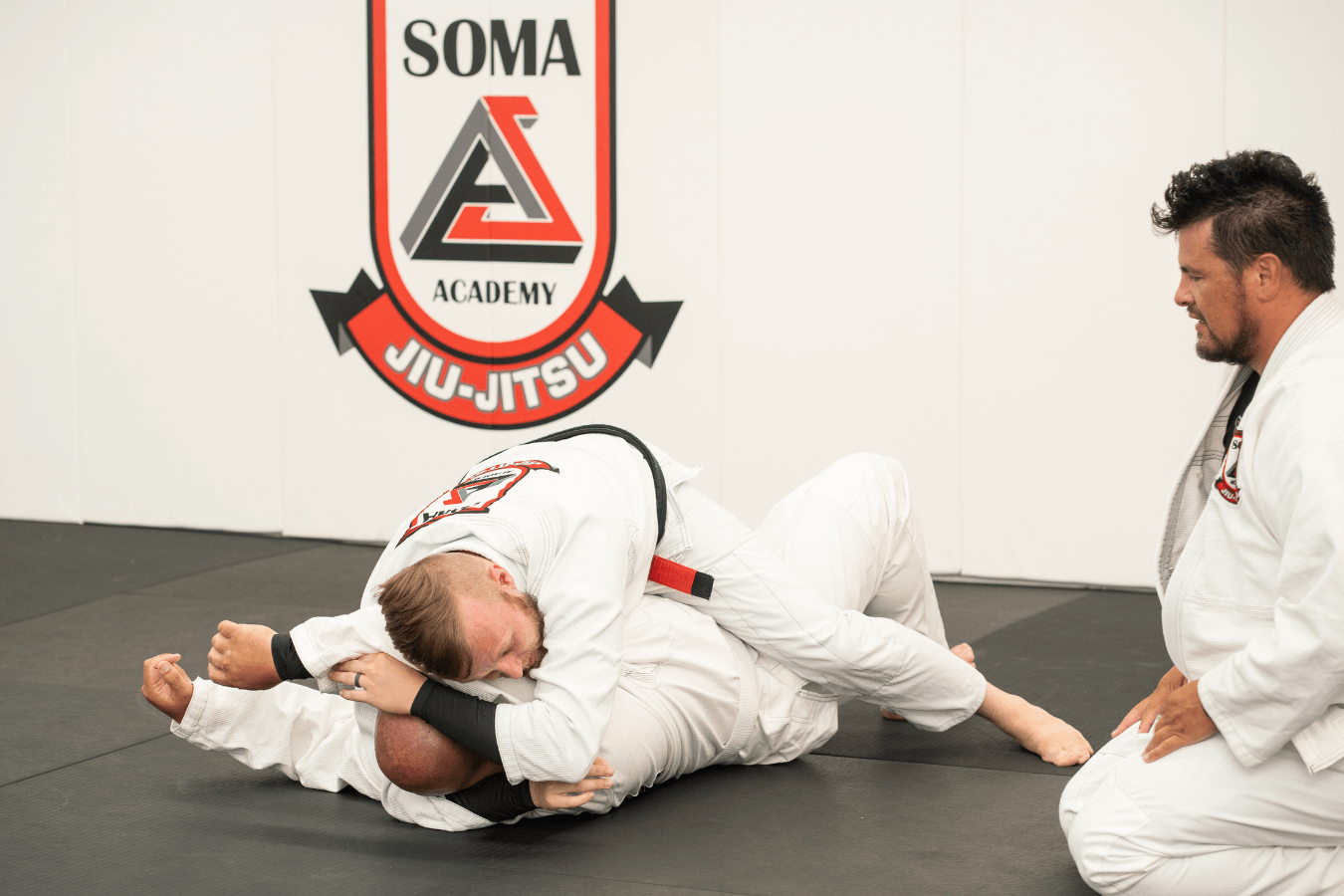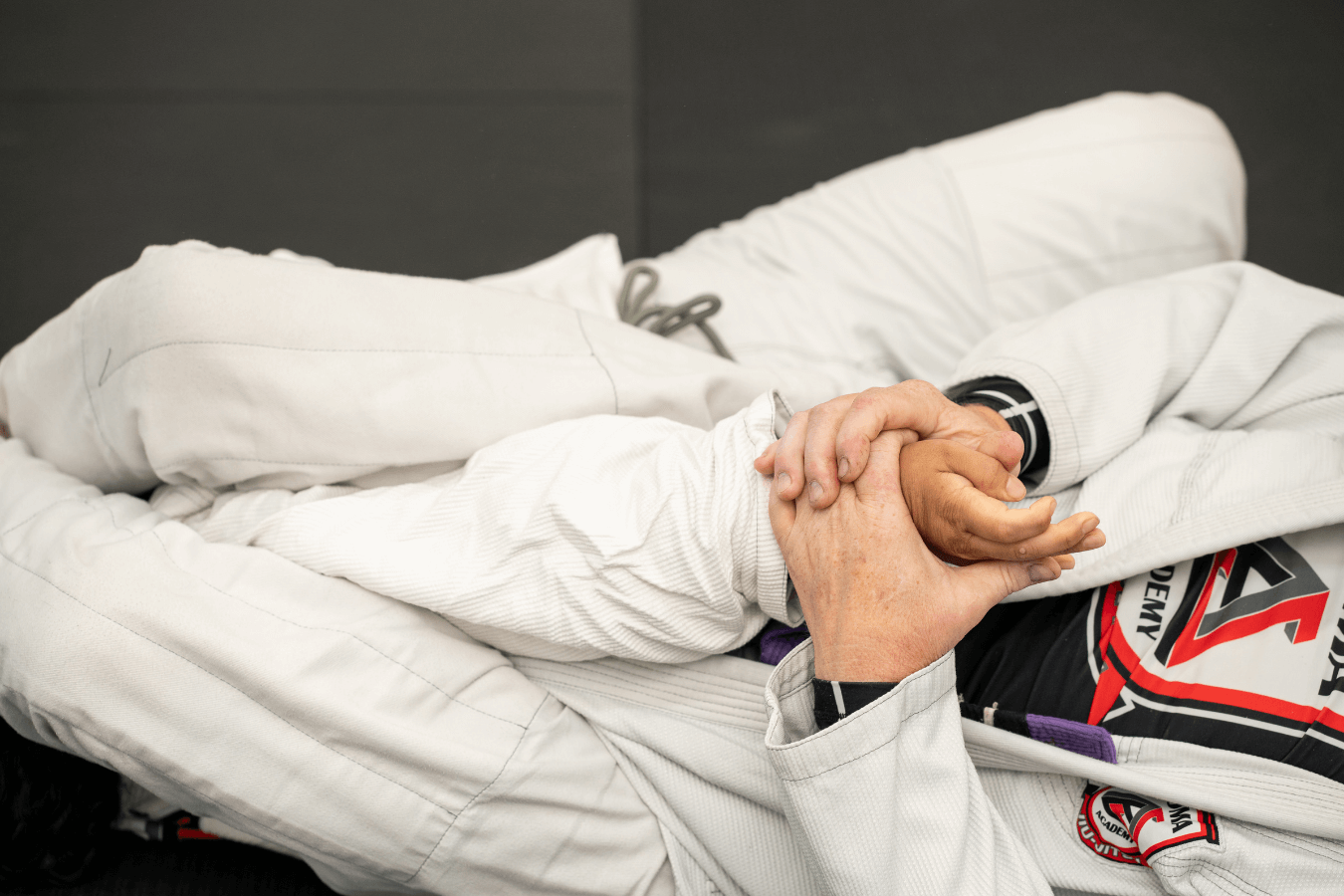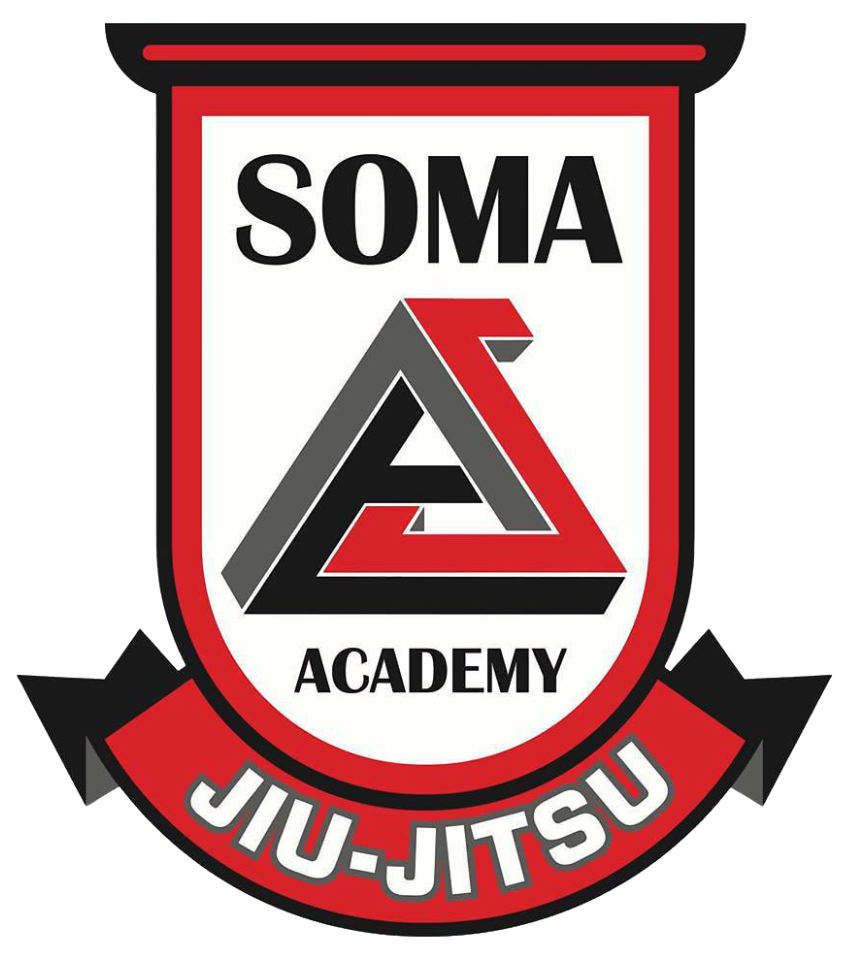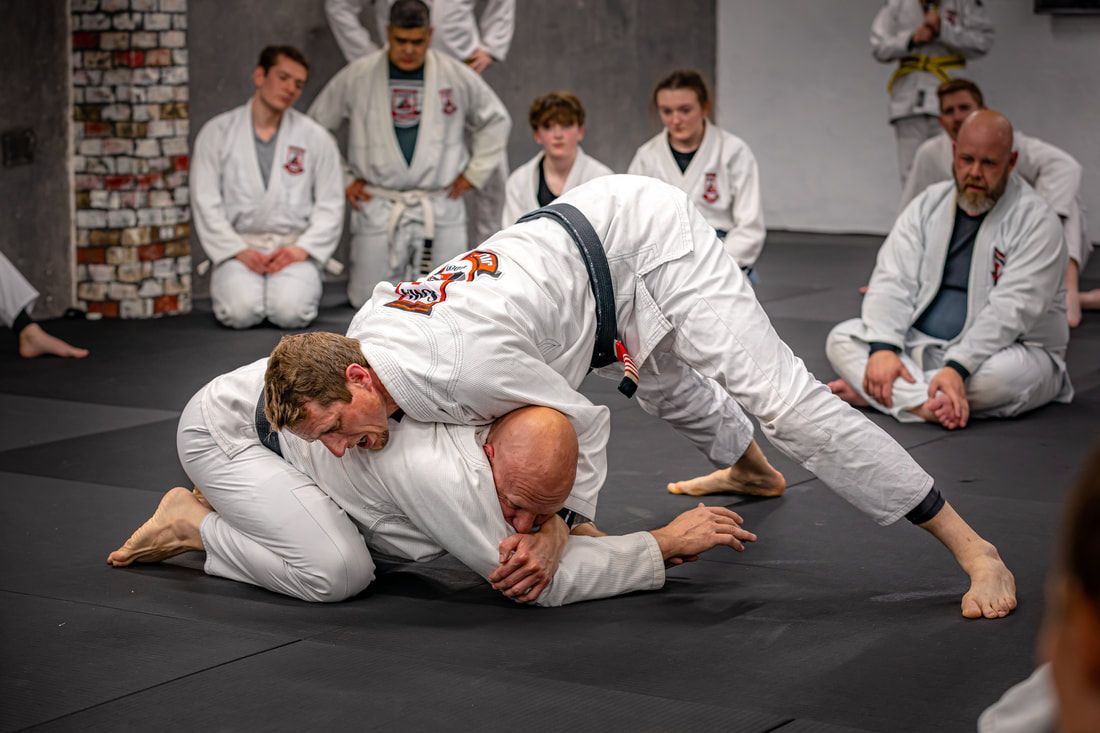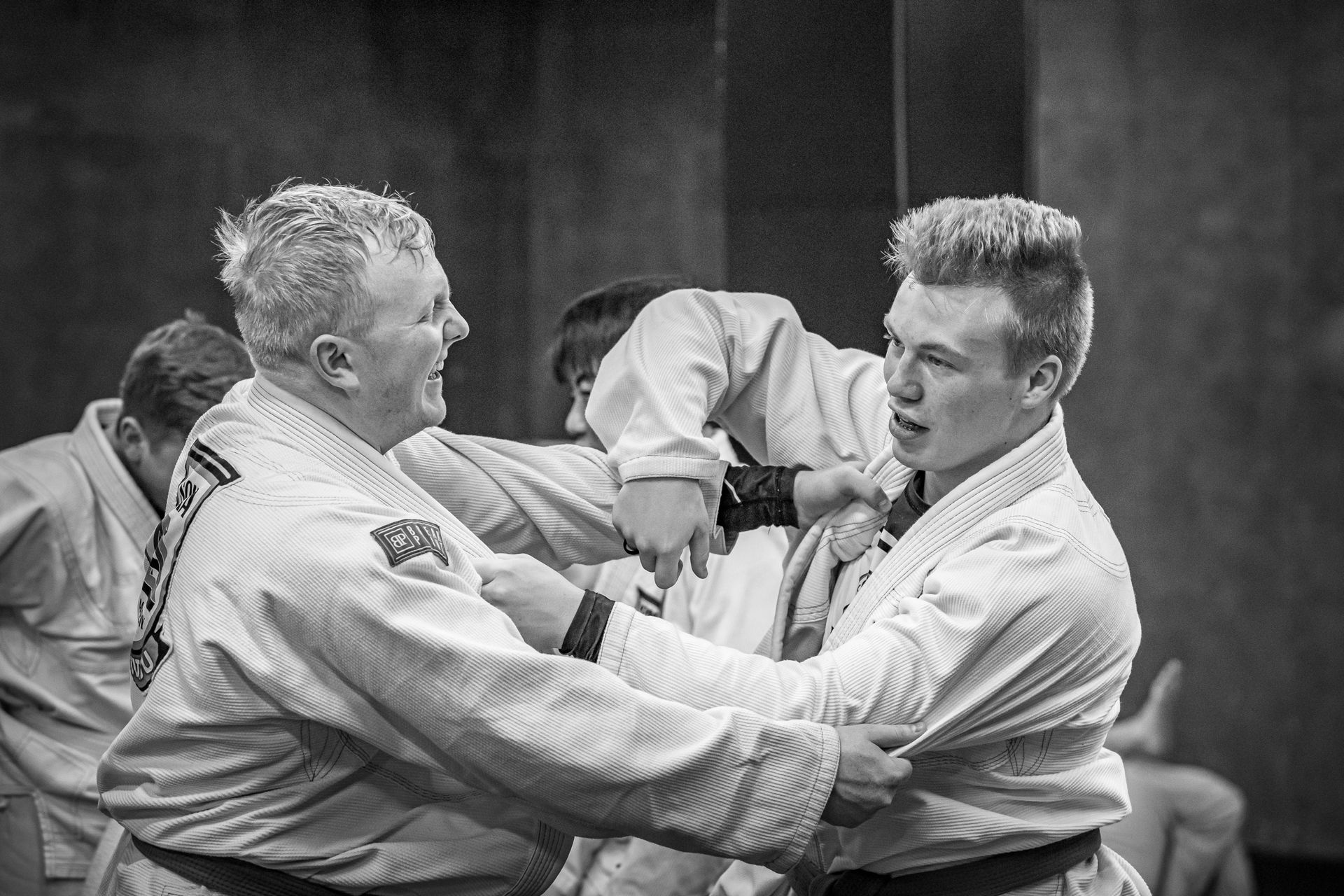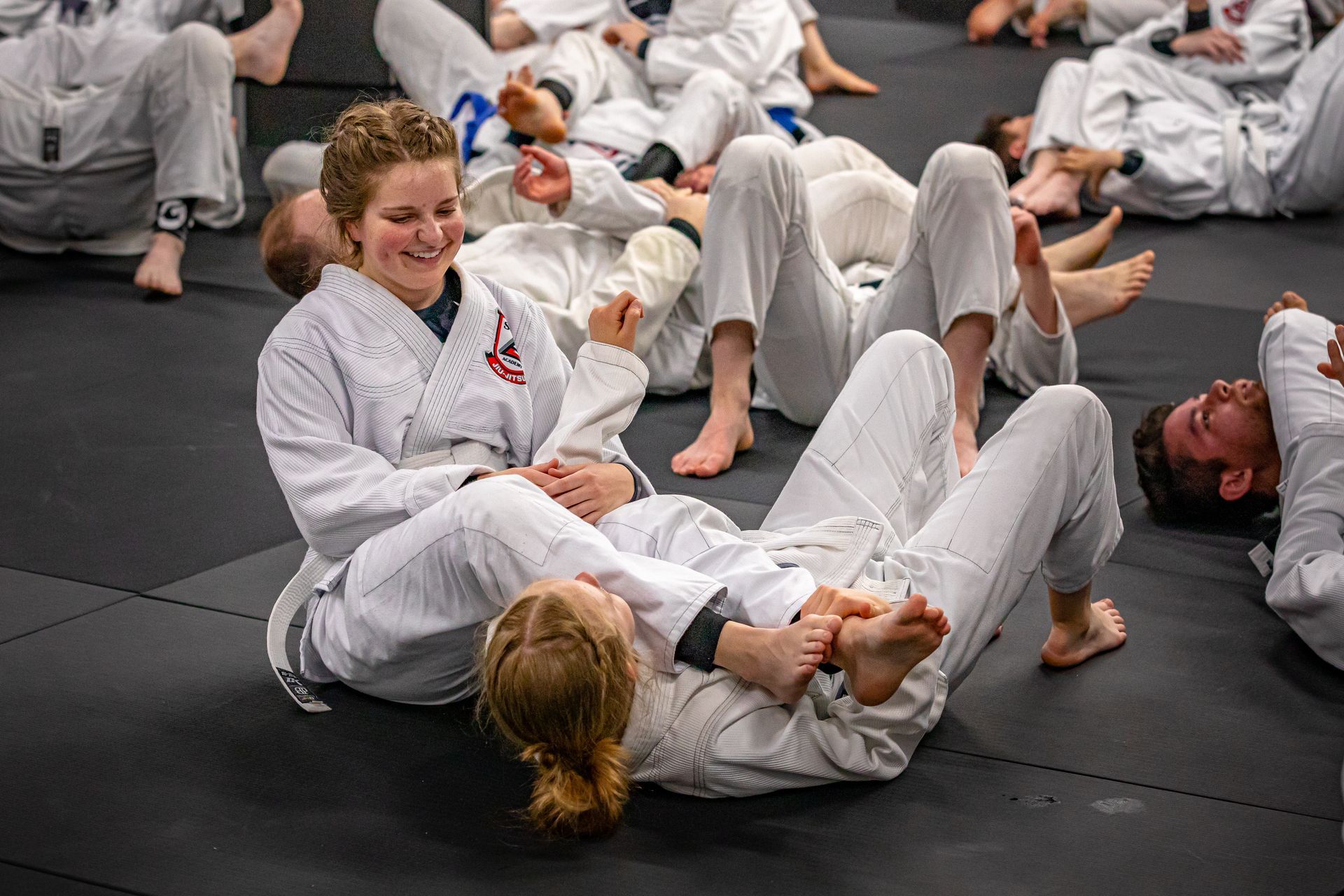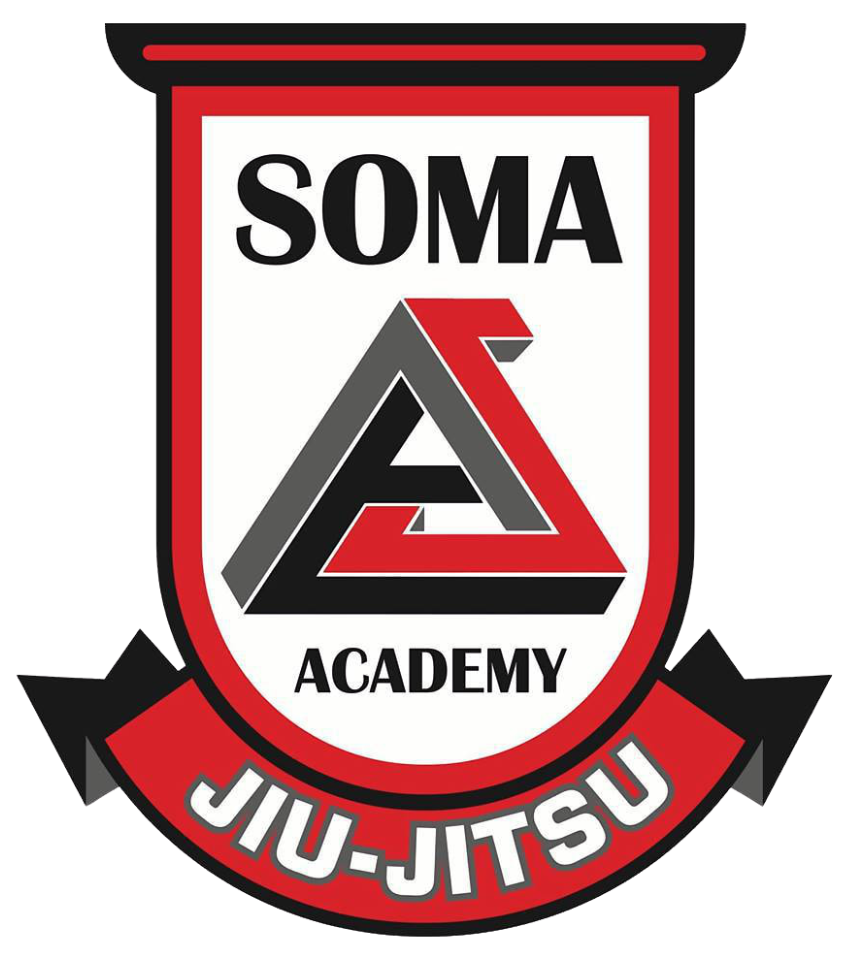Post Title
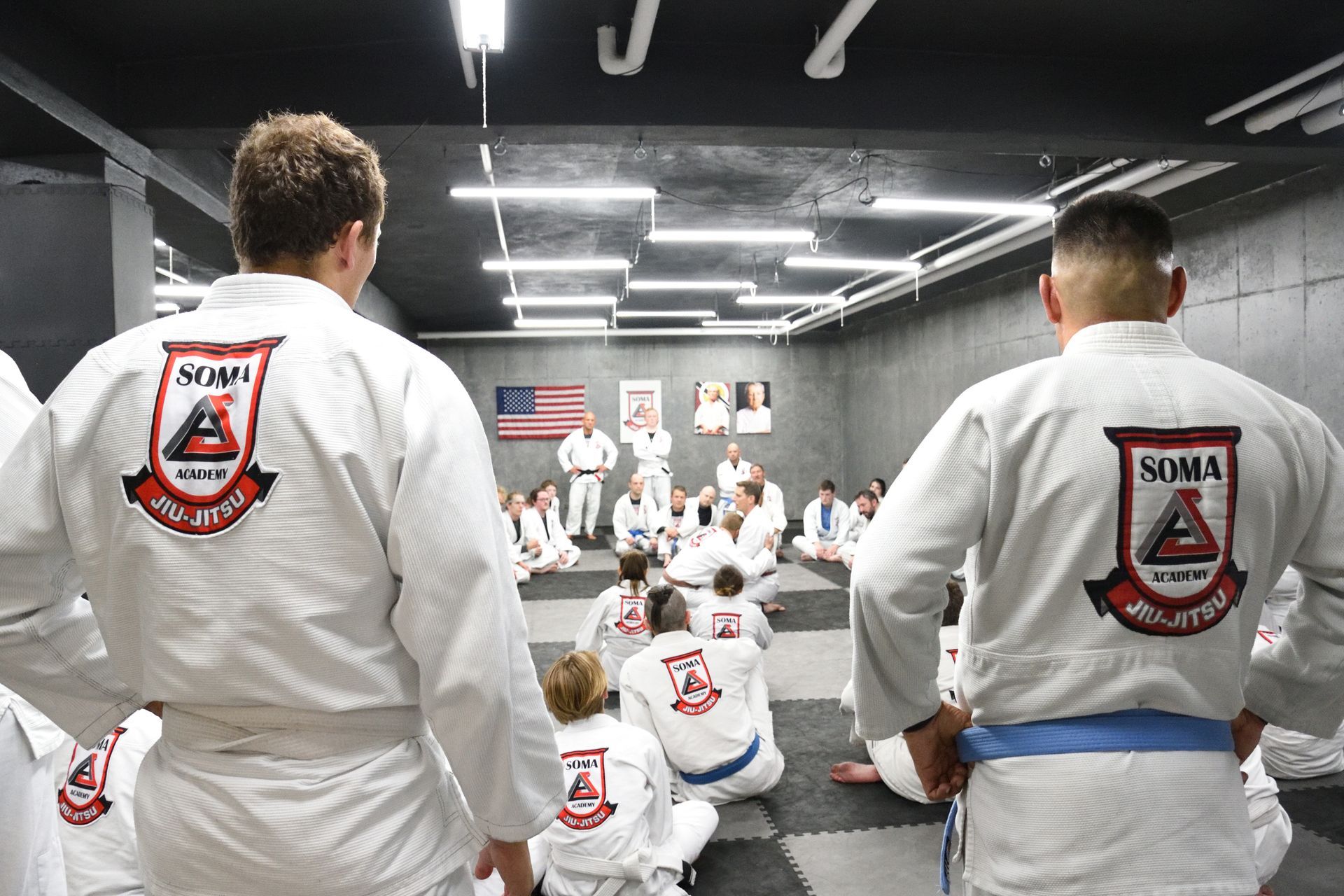
Brazilian Jiu-Jitsu (BJJ) is more than just a martial art.
It is a transformative practice that shapes character, builds resilience, and fosters a sense of community. In Idaho Falls, Soma Jiu-Jitsu Academy stands out as a trusted local option for world-class BJJ training for students of all ages. Whether you are seeking improved fitness, practical self-defense skills, or personal growth, BJJ provides life lessons that extend far beyond the mats.
Physical, Mental, and Social Benefits of Martial Arts
Improved Fitness and Strength
Practicing Brazilian Jiu-Jitsu is an effective way to improve cardiovascular health, flexibility, and overall strength. The dynamic movements and techniques provide a full-body workout that enhances endurance, tone, and energy levels. Students often notice increased stamina and better overall fitness within just a few months of consistent training.
Increased Confidence and Self-Discipline
BJJ promotes self-discipline and personal development. As students progress through belts and techniques, they gain confidence in their abilities. The structured learning environment at Soma Jiu-Jitsu Idaho Falls encourages goal setting, perseverance, and a growth mindset. These qualities often carry over into daily life, helping individuals tackle challenges with focus and determination.
Self-Defense Skills for Adults and Children
A core principle of Brazilian Jiu-Jitsu is self-defense. BJJ teaches individuals to defend themselves using leverage, timing, and technique rather than relying solely on strength. Soma Jiu-Jitsu offers age-appropriate programs for both adults and children, ensuring that everyone learns practical, effective skills that increase safety and awareness.
Stress Relief and Mental Resilience
Regular BJJ training helps manage stress and promotes mental well-being. The focus required during practice allows participants to shift attention away from daily pressures. Challenges encountered on the mat build mental resilience and teach students how to remain calm under pressure, improving problem-solving and decision-making skills off the mat.
Community and Relationship-Building Benefits
Training in BJJ creates a strong sense of community. At Soma Jiu-Jitsu, students become part of a supportive network where shared goals and respect are central. The friendships and connections built through training enhance social well-being and provide an encouraging environment for both beginners and experienced practitioners.
Common Questions and Objections Addressed
1. How long does it take to see progress in BJJ?
Progress varies by individual, but beginners typically notice improvements in strength, flexibility, and technique within a few months of consistent training. Belt promotions follow a structured path based on skill and dedication.
2. Can BJJ help with weight loss and overall fitness?
Yes. The high-intensity nature of BJJ training burns calories, improves cardiovascular health, and builds lean muscle, making it an effective fitness routine for all ages.
3. Is Brazilian Jiu-Jitsu suitable for self-defense in real-life situations?
Absolutely. BJJ emphasizes leverage, control, and submissions, allowing individuals to defend themselves effectively regardless of size or strength. Training at Soma Jiu-Jitsu includes practical self-defense techniques.
4. How often should I attend classes to see results?
For noticeable benefits, attending 2–3 classes per week is recommended. However, even once-a-week sessions can improve fitness, confidence, and technique over time.
5. Can children gain social skills from BJJ?
Yes. BJJ encourages teamwork, respect, and communication, helping children develop social skills, make friends, and build confidence in group settings.
6. What should I wear or bring to my first BJJ class?
Beginners can start with comfortable athletic clothing. For children, a clean t-shirt and shorts work. The academy provides guidance on proper gear, including Gi uniforms for those who choose traditional training.
Data and Expert Insights
Martial arts participation in the United States has steadily increased in recent years, with Brazilian Jiu-Jitsu among the fastest-growing disciplines. According to the Sports & Fitness Industry Association, more people are seeking martial arts for fitness, self-defense, and personal development.
Experts in BJJ highlight the mental and emotional benefits of consistent practice. Ryan Hall, a renowned instructor and competitor, emphasizes that BJJ teaches individuals to think critically under pressure and maintain composure in difficult situations. These skills translate into everyday life, enhancing resilience and problem-solving.
Local Relevance and Community Impact
Idaho Falls is a vibrant community that values personal growth, health, and wellness. Soma Jiu-Jitsu Academy contributes to the community by offering high-quality BJJ training that helps students build confidence, discipline, and practical skills. Training in martial arts promotes safety, fosters positive relationships, and encourages participation in community activities.
By learning BJJ, students develop character and responsibility that extends beyond the gym. These lessons support success in school, work, and personal relationships, making martial arts a valuable addition to the local community.
Are you ready to discover the life-changing benefits of Brazilian Jiu-Jitsu? Join Soma Jiu-Jitsu Idaho Falls today and start your journey toward improved fitness, confidence, and personal growth. Sign up for a free trial class or schedule a consultation to see firsthand how BJJ can enhance your life. Visit Soma Jiu-Jitsu Idaho Falls to get started today.
ACCESS OUR SCHEDULE
& EXCLUSIVE WEB SPECIAL
Secure your spot and get started today with our EXCLUSIVE offer!
